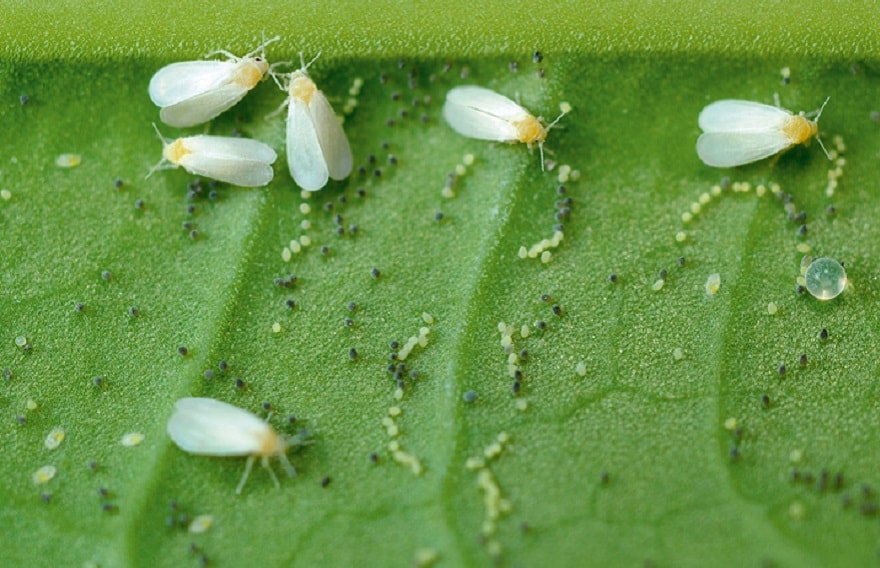READ ALSO IN UP' : The era of biocontrol has arrived
Bean-suckers, polyphagous and virus propagators

It's hard to get over it.
A risk for the agricultural industry
When a whitefly becomes an aphid!

READ ALSO IN UP' : The era of biocontrol has arrived





Already registered? I'm connecting
Register and read three articles for free. Subscribe to our newsletter to keep up to date with the latest news.
→ Register for free to continue reading.

You have received 3 free articles to discover UP'.





